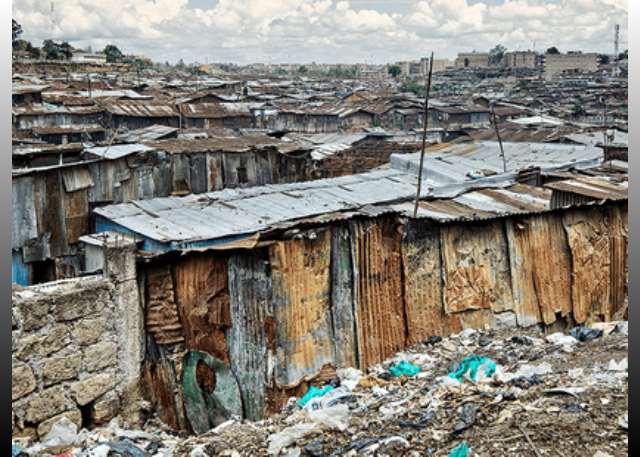A newly released report by the Ghana Statistical Service (GSS) has revealed that nearly one in every three households in Ghana lives in a slum or informal settlement, highlighting a deepening crisis in the country’s urban development trajectory.
Titled “The Slums and Informal Settlements Report,” the survey shows that 29.5% of Ghanaian households—an estimated 4.8 million people—are currently residing in conditions that fall below acceptable standards of housing and urban planning.
Speaking at the launch of the report, Government Statistician, Dr. Alhassan Iddrisu, described the findings as “a wake-up call” for policymakers, especially at the local government level, to urgently respond to the growing spatial inequality within Ghana’s urban centres.
“This data must not be shelved. It should inform how we plan, allocate resources, and intervene at the local level to reduce disparities,” he stated.
Regional Disparities and Demographic Insights
The report sheds light on stark regional disparities in slum habitation. The Greater Accra Region recorded the highest proportion of slum dwellers in rented housing, at 52.5%, followed closely by the Ashanti Region at 51.8%. In contrast, other regions recorded significantly lower figures, pointing to a concentration of slum-related challenges in Ghana’s two most urbanised and densely populated regions.
It further revealed critical demographic trends within slum communities. Women aged between 15 and 49 living in slum areas tend to have more children than their counterparts in non-slum urban settings. The total fertility rate among women in slums stood at 2.9, compared to 2.5 in non-slum areas. The Northern Region reported the highest fertility rate at 4.1, while Greater Accra recorded the lowest at 2.3.
Despite increasing urbanisation, only about 10% of all localities in Ghana are formally classified as urban, the report noted. Nonetheless, slum characteristics remain widespread, with 46% of all households displaying at least one slum-related feature. Additionally, 34.1% of neighbourhoods and 26.6% of localities across the country meet the classification criteria for slums.
Call for Policy Action
The GSS is calling for a complete rethinking of Ghana’s housing and urban development strategies. The report recommends targeted policy interventions in housing, sanitation, family planning, and the provision of essential social services, which it says could significantly improve the living conditions of slum dwellers and help stem the growth of informal settlements.
Dr. Iddrisu emphasized that the data must be integrated into district-level planning, budgeting, and service delivery frameworks to ensure equitable urban development. “The report provides the kind of granular data that should guide our interventions at the municipal and district levels,” he added.
The findings come at a time when the country continues to grapple with rapid urbanisation, rising population pressures, and limited housing infrastructure, posing critical challenges to achieving inclusive and sustainable urban growth.

